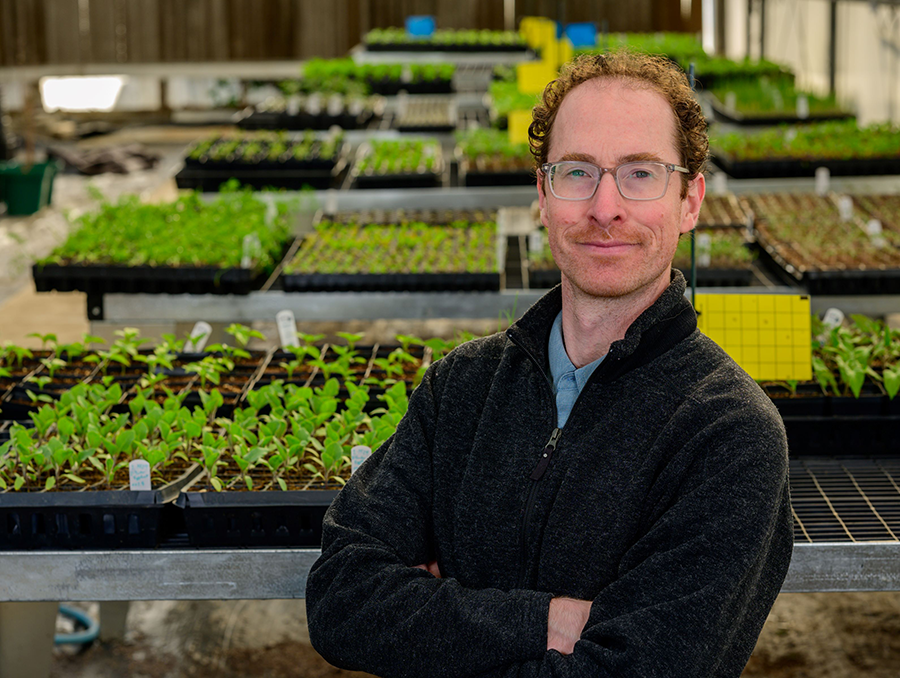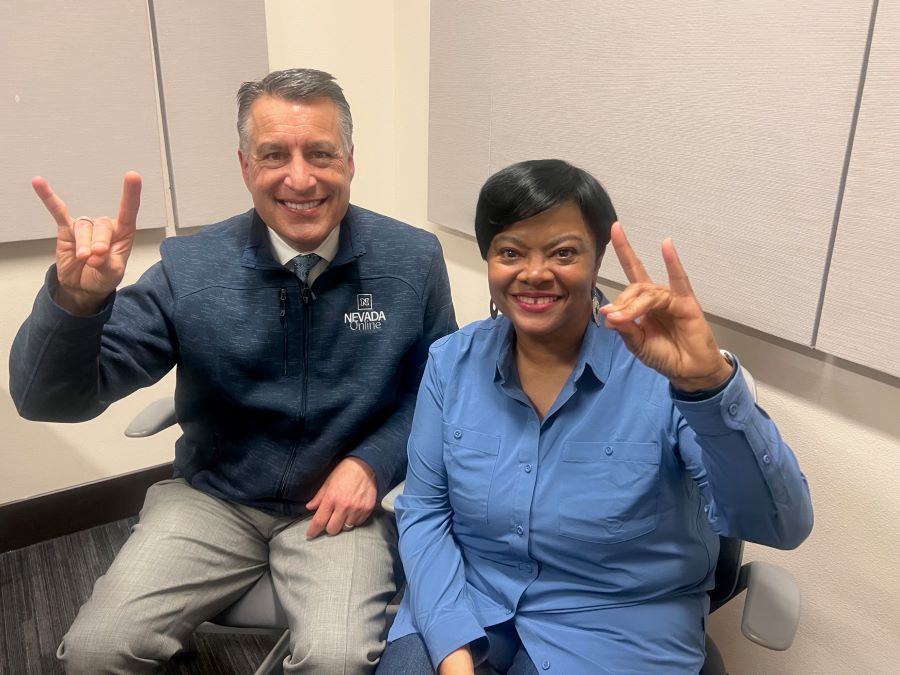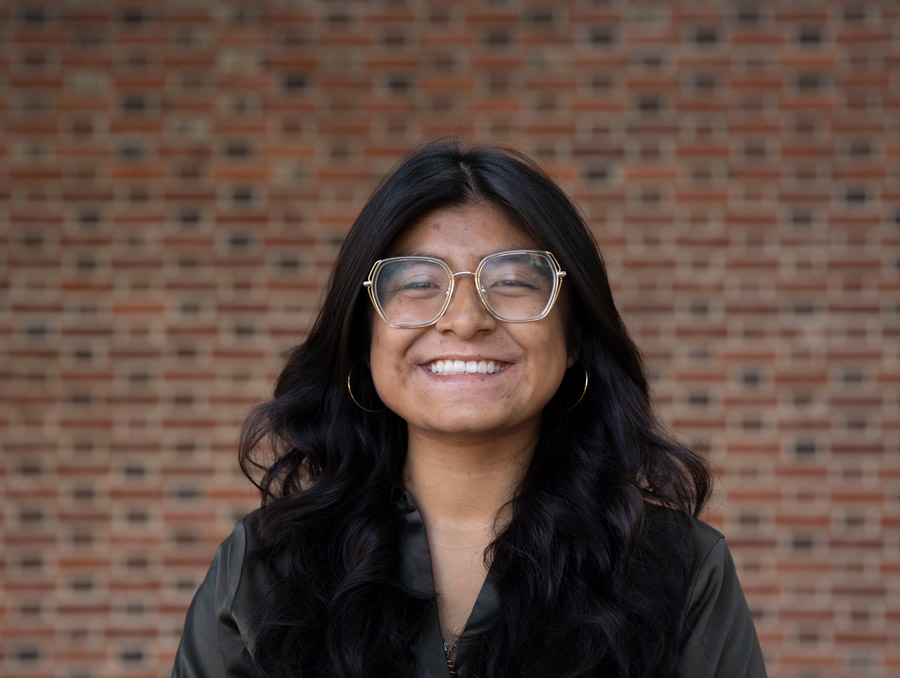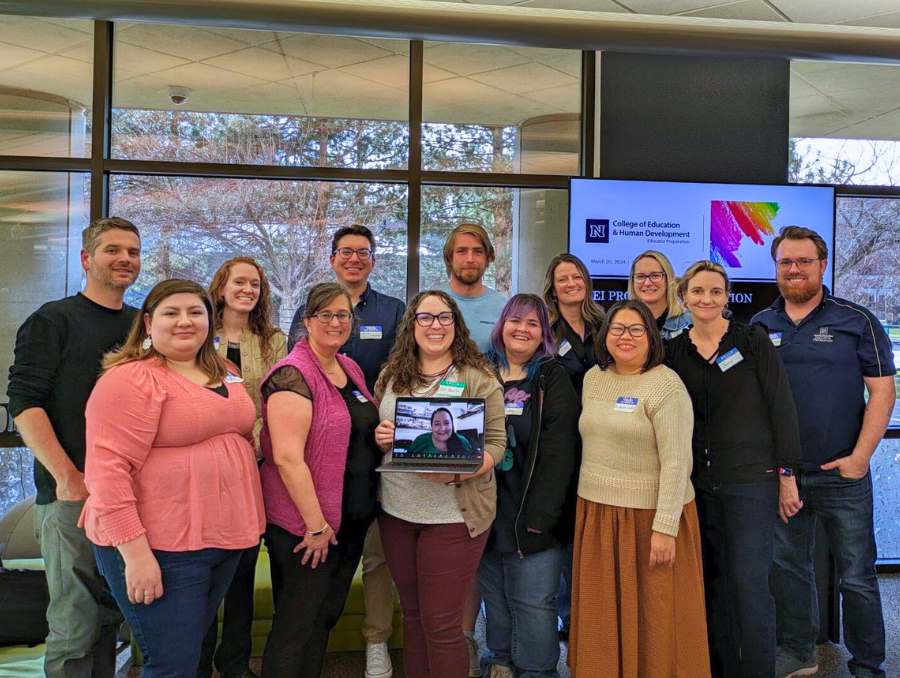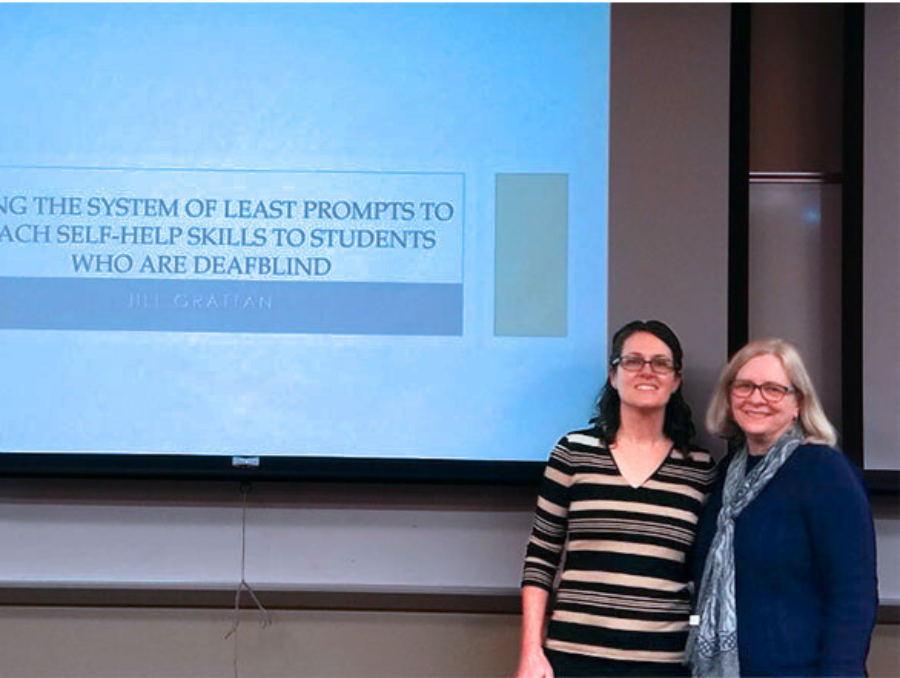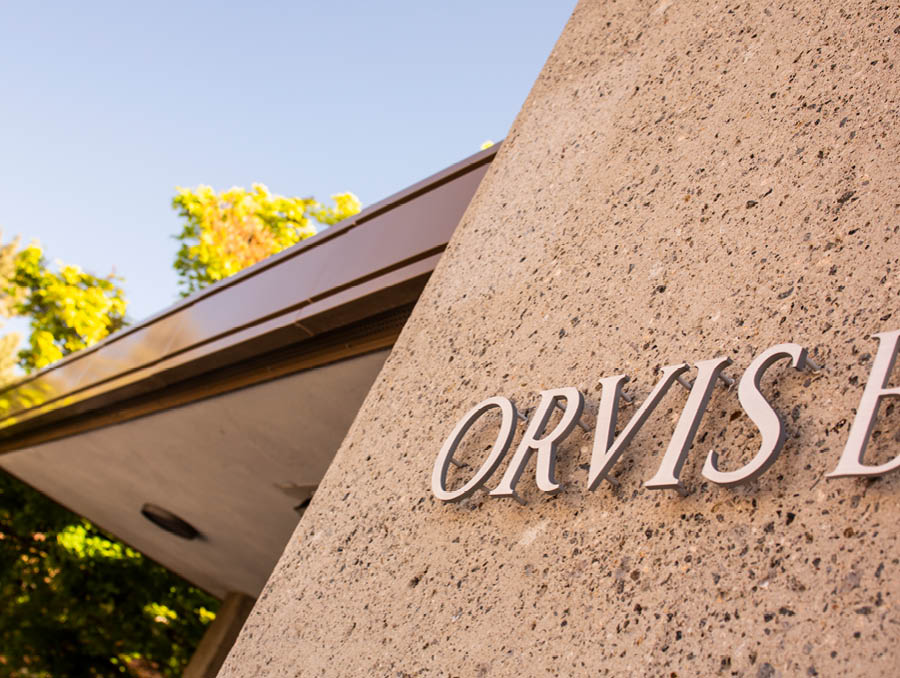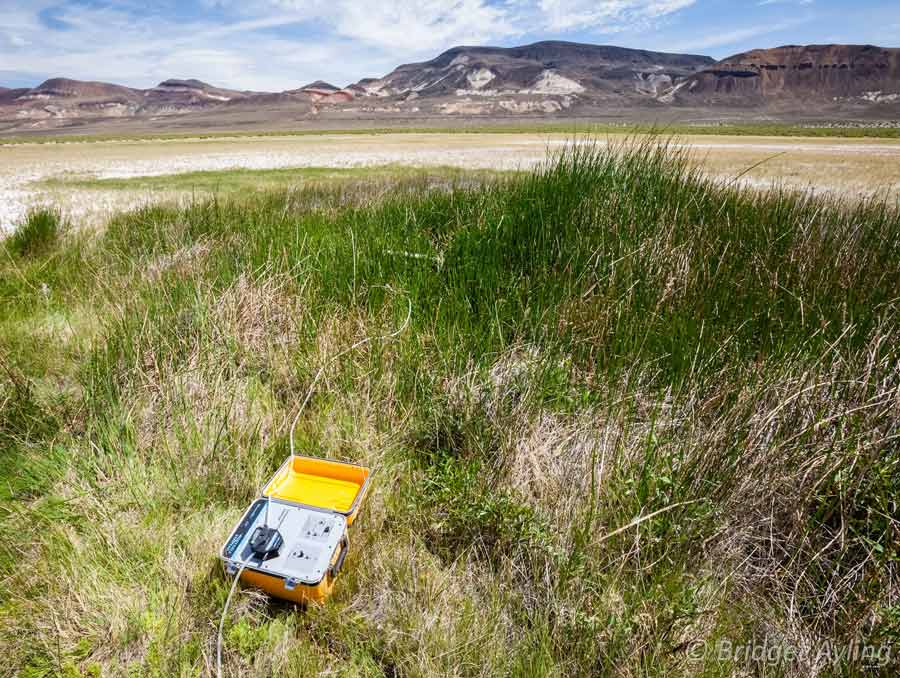Although recent studies have placed Nevada last in the nation for its rate of people who volunteer, a new University of Nevada Cooperative Extension study of volunteers in a rural part of the state finds that it's possible to not only nurture strong volunteers but that the effort can have a lasting impact on a community.
The study by three UNR researchers focused on how volunteers in Tonopah, Nev., successfully launched a farmers market, despite the fact that Tonopah is hundreds of miles from Nevada's metropolitan areas. Last summer, the weekly farmers market celebrated its sixth year and drew 34 vendors to the small, high-elevation desert town.
And the volunteers have, well, themselves to thank.
"Our study found that volunteer-based community development programs in isolated rural communities produce positive impacts for both volunteers and the towns they live in," said Amy Meier, an assistant professor with Cooperative Extension who authored the study with UNCE Central-Northeast Area Director Loretta Singletary and UNR Associate Professor George Hill.
The three researchers' study is being published this month in the "International Journal of Volunteer Administration."
Meier, the Extension educator for Tonopah, said a group of Tonopah residents came to her several years ago and asked for her help in launching a farmers market. The residents wanted access to fresh produce but also to encourage the local production of fresh fruit and vegetables.
But instead of taking on the project herself, Meier worked with volunteers to help them launch the market. She mentored volunteers, and helped them form a community action team that went on to spearhead the project. The group wrote a mission statement, applied for grants, learned government protocol and gained valuable understanding of project management and leadership.
"My goal was to teach them the leadership skills they needed to gain the self-confidence to do the job themselves," Meier said.
A key lesson for the core group of farmers market founders was learning how to recruit, retain and manage additional volunteers. An initial group of six volunteers blossomed into more than 35 active volunteers, and many are still involved today.
"They have the confidence now to believe they can influence the design of future community development programs," Meier said.
The success in Tonopah contradicts the finding of a study by the Corporation for National and Community Service, which concluded three years ago Nevadans don't volunteer very much and those who do often drop out quickly. That study ranked Nevada last in the nation for volunteerism, and blamed the state's rapid growth, relatively low number of nonprofit organizations and a lack of emphasis on volunteering.
But Singletary says the experience in Tonopah could become a model for other small communities.
"Our study shows that volunteers gain valuable skills in conflict resolution, planning and managing projects," she said. "When we surveyed the volunteers in Tonopah, most of them said they plan on continuing to volunteer for at least another five years."
Cooperative Extension Dean and Director Karen Hinton said Meier's success in Tonopah reflects Extension's long-time practice of recruiting and retaining good volunteers.
"We had more than 1,600 volunteers from around the state helping us with our programs last year," Hinton said. "From master gardeners to weed warriors to 4-H leaders, these volunteers put in many thousands of hours into helping other Nevadans every year."




